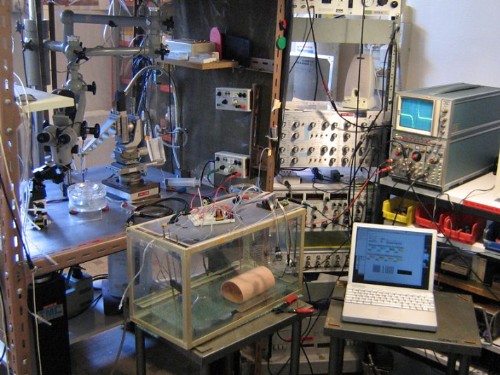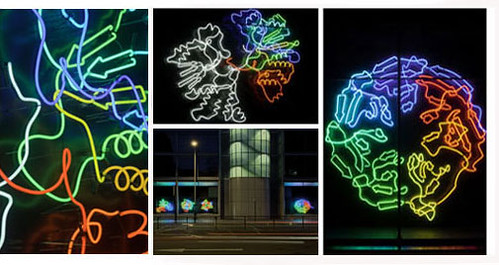The current issue of Dialogue, the Leeds-based online journal for contemporary art practice, edited by Michael Corris, focuses on how to develop “a picture of artists operating in and within the fields of science and technology”.

(Antony Hall, ENKI Prototype, 2006; from Dialogue issue 4, january-april 2007)
The special issue includes an article by Charlie Gere (“The Gay-Science Museum”; inspired by Nietzsche’s essay “Die fröhliche Wissenschaft”) on the problem of how “the tendency towards ‘experimentalism’ in the arts and in society more generally … could and should be represented in museums and other institutions”, and a symposium (“Expanding the Lab: A Conversation Between Artists Working with Science”) between artists and curators about their experience of working collaboratively with scientists and scientific institutions, e.g., how to access and utilise scientific knowledge in artistic practice.


